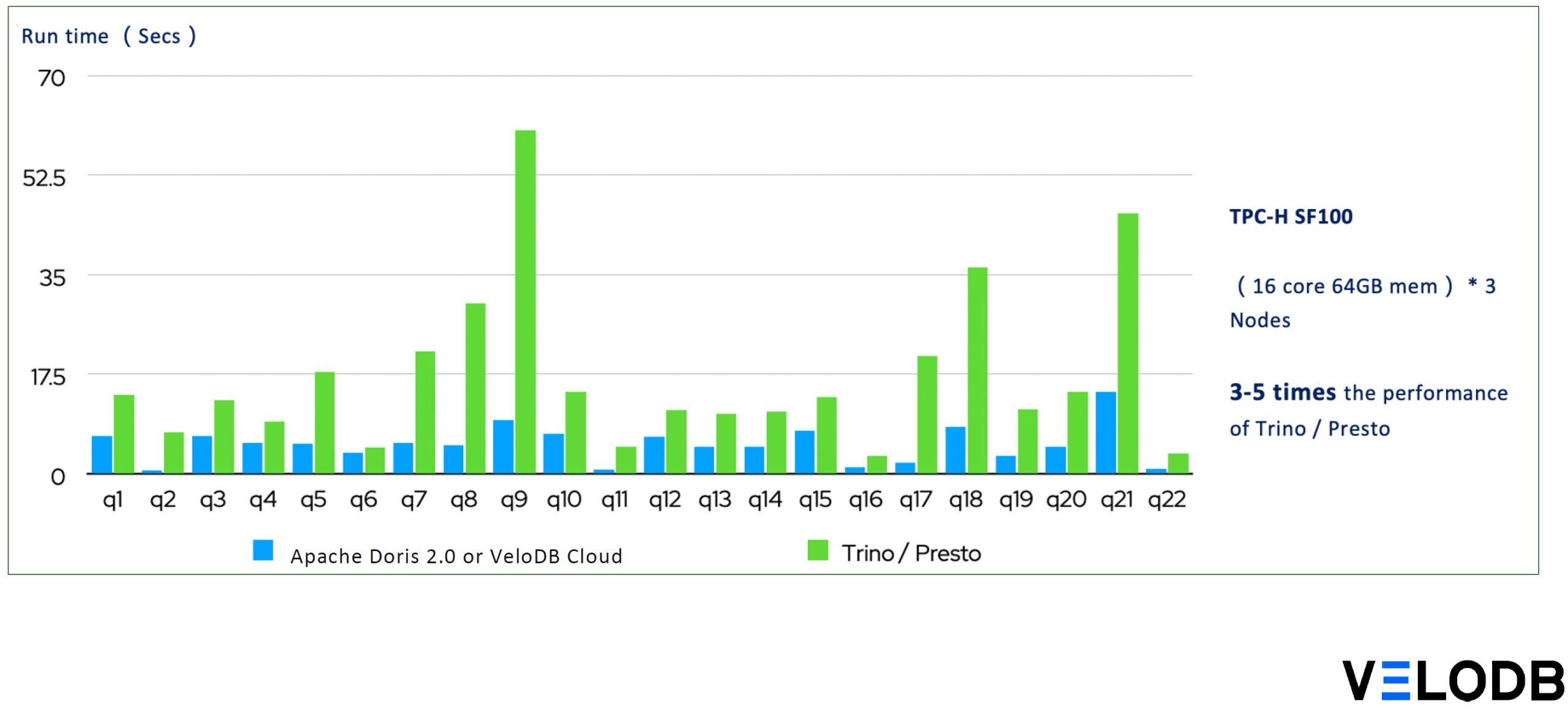MPP (Massively Parallel Processing) architecture is a powerful approach to handling large-scale data analytics workloads. It involves distributing data across multiple nodes and executing queries in parallel, significantly improving performance and scalability. When combined with AWS Auto Scaling, MPP can create a highly flexible and scalable data warehousing solution.
How MPP Architecture Works
In an MPP system, data is partitioned and stored across multiple nodes. When a query is executed, the query engine breaks it down into smaller subqueries that can be processed independently on different nodes. This parallel processing allows for faster query execution and better resource utilization.
The Role of AWS Auto Scaling
AWS Auto Scaling is a cloud computing service that automatically adjusts the number of instances in an Amazon EC2 Auto Scaling group based on demand. This enables organizations to scale their infrastructure up or down to meet changing workloads, ensuring optimal resource utilization and cost-efficiency. When combined with an MPP architecture, Auto Scaling provides several key benefits:
- Dynamic Scalability: As workloads fluctuate, Auto Scaling can automatically add or remove nodes from the MPP cluster. This ensures that the system has sufficient resources to handle peak loads while avoiding unnecessary costs during off-peak periods.
- Cost Optimization: By dynamically adjusting the number of nodes, Auto Scaling helps organizations optimize their cloud costs. They can avoid overprovisioning resources and only pay for the capacity they actually need.
- High Availability: Auto Scaling can be configured to create multiple Availability Zones, which helps to improve fault tolerance and minimize downtime. If a node fails, Auto Scaling can automatically launch a replacement instance to maintain system performance.
- Simplified Management: Auto Scaling automates the process of scaling infrastructure, reducing the administrative burden on IT teams. They can focus on managing the application and data, while Auto Scaling handles the underlying infrastructure.
MPP Architectures on AWS
Several popular MPP databases and frameworks can be deployed on AWS, including:
- Amazon Redshift: AWS’s managed cloud data warehouse service, which offers a fully managed MPP architecture.
- Apache Doris: An open-source data warehouse infrastructure that can be deployed on AWS using CloudFormation (YAML).
- Trino (formerly PrestoSQL): A distributed SQL query engine that can be used to query data stored in various data sources, including S3 and Amazon Redshift.
- Vertica: A columnar database optimized for analytics that can be deployed on AWS using EC2 instances.
By leveraging the power of MPP architecture and AWS Auto Scaling, organizations can build highly scalable and cost-effective data warehousing solutions that can handle even the most demanding analytics workloads.



Leave a Reply